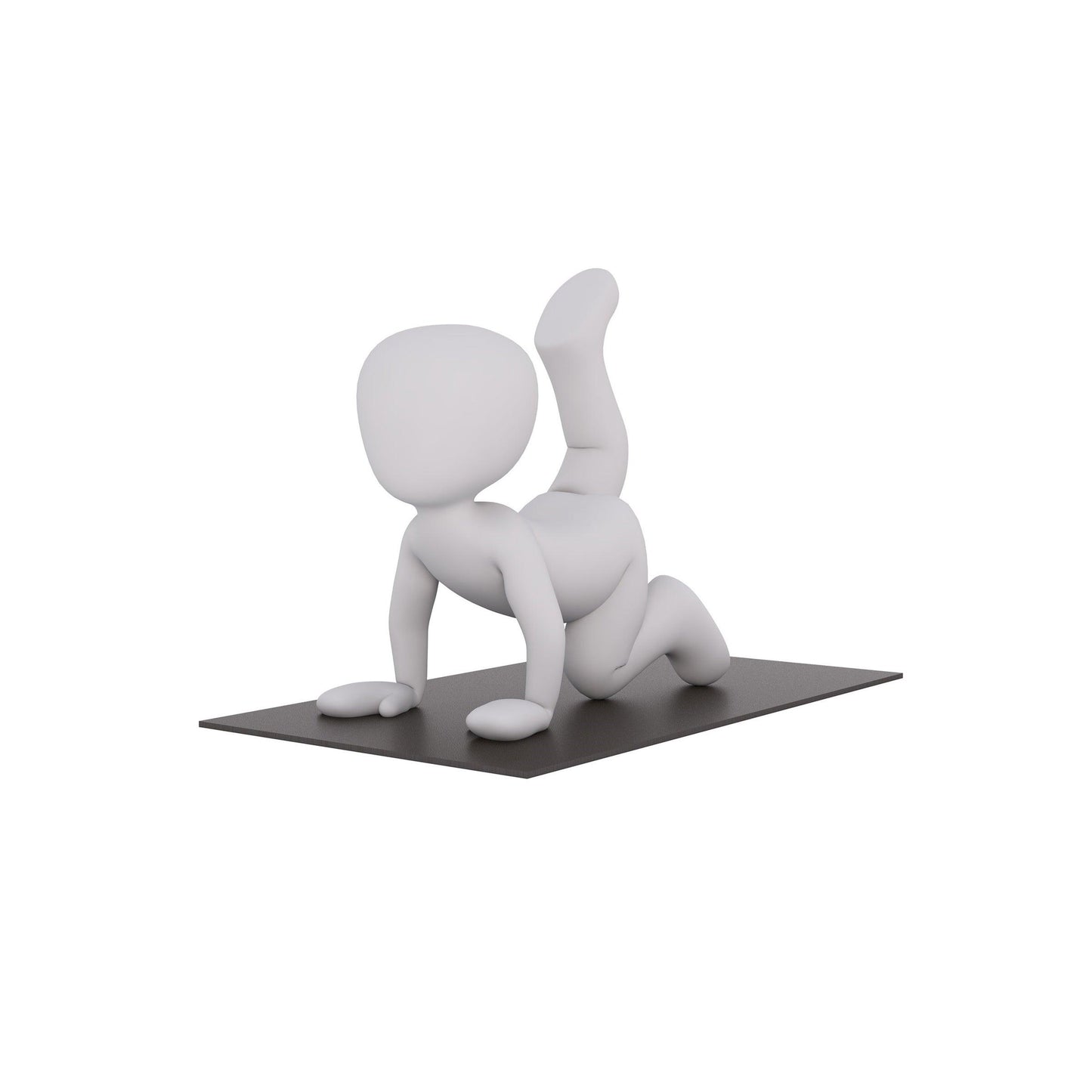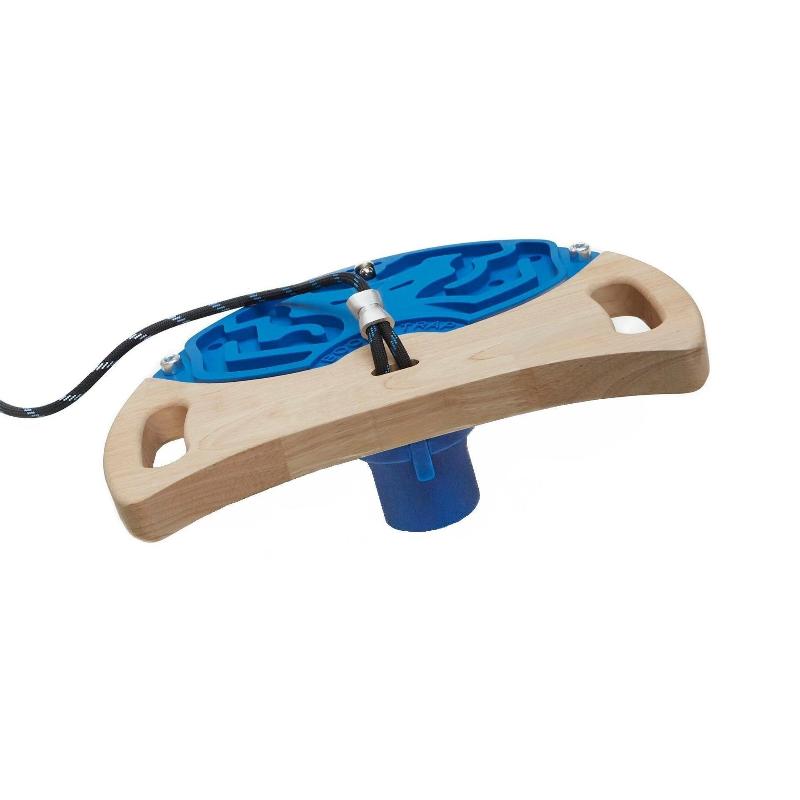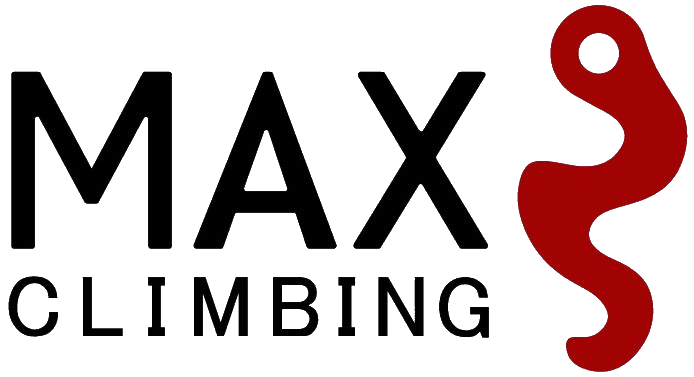
How to warm-up for climbing?
A proper warm-up is crucial to prepare your body for physical activity. In general, it is important for climbers to do a full body warm-up by targeting both the agonist and antagonists (muscles that oppose the agonists). Only warming up the so called "climbing muscles" or "agonists", is a mistake. (will be explained in depth in blog part 2)
By incorporating a proper warm-up routine, you not only prepare your body for the workout, but also reduce the risk of injury, and enhance your performance.
Here's a great way to warm up your muscles for climbing:
-
Dynamic stretching: Dynamic stretching involves moving the joints and muscles through their full range of motion. This can help to increase blood flow and prepare the muscles for the demands of climbing. Some dynamic stretching exercises for climbers include arm swings, leg swings, and lunge walks. Basically, these are exercises where you move your joints without adding to much strength. Just do some happy swinging. :)
-
Foam rolling: Foam rolling can help to loosen tight muscles and improve mobility which prevents injury and improves performance. Some foam rolling exercises for climbers include rolling the quadriceps, hamstrings, calves, and latissimus. Try not to hurt yourself while doing this. We do not want to damage the muscles before they have to do the work.
-
Activation exercises: Activation exercises target specific muscle groups to prepare them for climbing. The idea here is that muscle contraction should not go from 1% to 100% when starting your training. It is better to gradually activate those muscles up to 50-70% in the activation phase. Some activation exercises for climbers include planks (or fun version with the Max Mazes), bird dogs, glute bridges, various elastic band exercises and some light suspension training
- Climbing-specific warm-up: After completing a general warm-up, climbers should perform a climbing-specific warm-up to prepare their muscles for the demands of climbing. This can include easy climbing routes, some pull ups on the maxgrips, campus board training on bigger holds or even some muscle-ups on gymnastic rings. In this phase you can methodically increase the intensity of the warm-up until you are fully warmed up and ready to crush that next project.
Probably the most important thing to remember is that we need to prepare our bodies gradually for the work that is to come. So let's not arrive at the crack and do some one-armers ;)
What does warming up mean for our body and why do we need to warm-up?
Many internal systems get going when we warm up. All of these systems generate effects or have outcomes that can be benificial for the training to come. Let's sum up the most important systems and their effects:
-
Increased blood flow: As the body warms up, blood flow to the muscles increases, which delivers more oxygen and nutrients to the muscles and helps to remove waste products.
-
Increased heart rate: A warm-up raises the heart rate, which prepares the heart for the increased demands of blood for the muscles.
-
Increased metabolic rate: Exercise increases the metabolic rate, which generates more heat to warm up the body and energy for the muscles. (The metabolic rate is the rate at which the body burns calories and converts food into energy. It is the speed at which the body uses energy and is affected by factors such as age, weight, muscle mass, and physical activity level.)
-
Increased body temperature due to increasing heart rate, metabolic rate and friction caused by the muscle movement. Temperature increase has the following effects:
- Improved flexibility: Warmer muscles are more pliable and flexible, which can reduce the risk of injury during exercise. This can make a difference when you would for example have to get your foot up high while your other foot is al the way down.
- Improved nerve function: A warmer body temperature can improve athletic performance by increasing the speed of nerve impulses and muscle contractions.
- Improved coordination and reaction time: By warming up the nervous system, climbers can improve their coordination and reaction time.
In conclusion, warming up is an essential part of any exercise or physical activity routine, including climbing. It prepares the body for the demands of training by increasing blood flow, heart rate, and body temperature, as well as improving flexibility, nerve function, and coordination. Warming up also helps to reduce the risk of injury by making the muscles more pliable and flexible. Whether it is through dynamic stretching, light cardio, or specific warm-up exercises, taking the time to warm up before climbing is important for performance and injury prevention.





